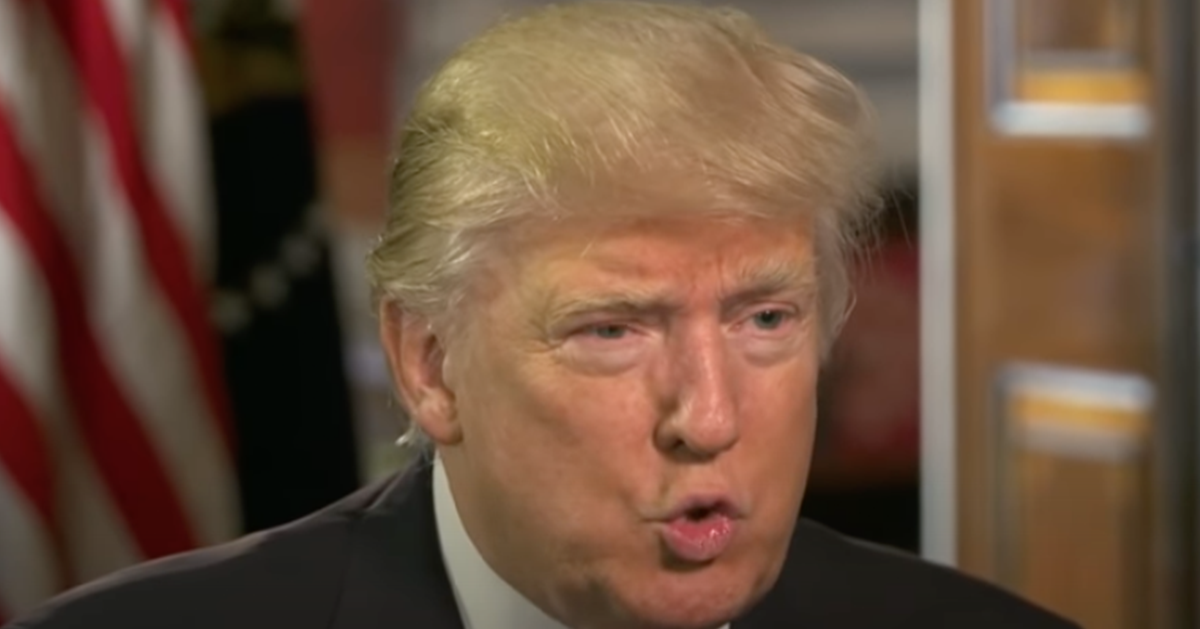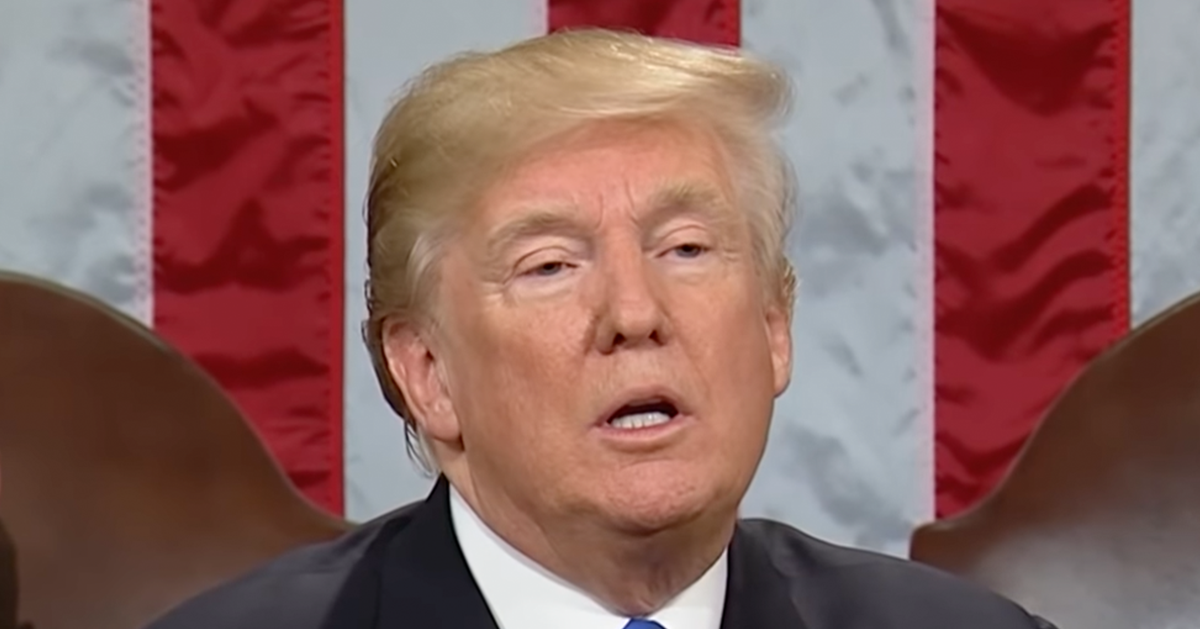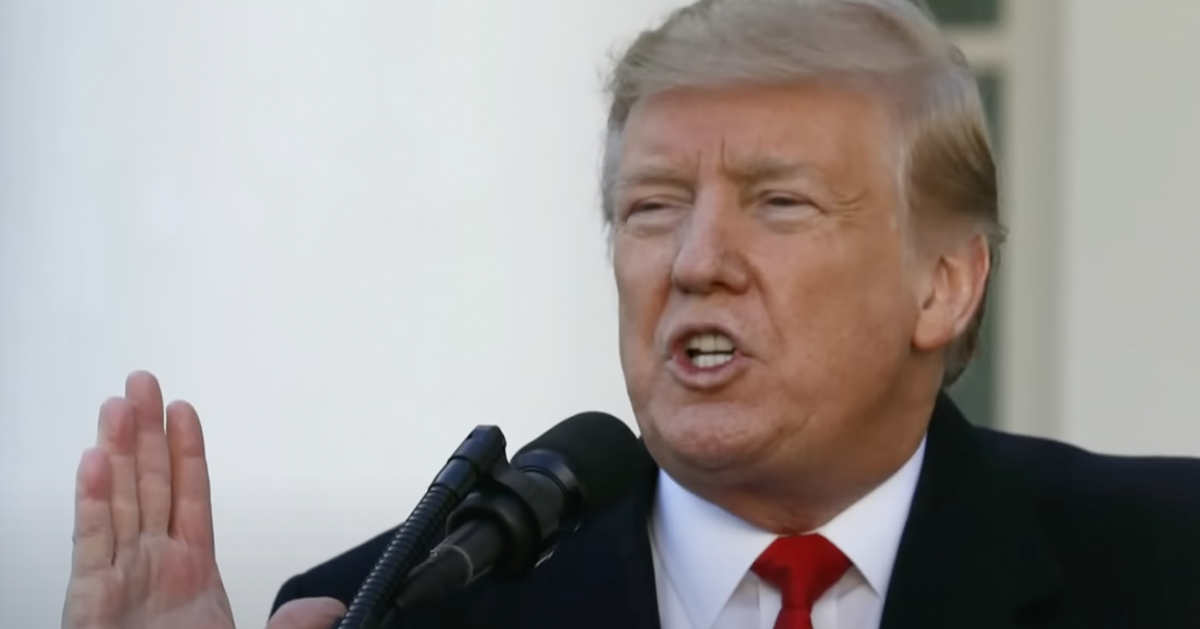Supreme Court Faces Internal Debate Over Judicial Powers, Insider Reveals
Amid a term of significant rulings, the U.S. Supreme Court has exhibited internal discord over the extent of lower court authority to issue nationwide decisions, according to insights from a former clerk.
The recent term at the high court put a spotlight on notable tension among justices regarding nationwide rulings from lower courts, intensified by conflicting decisions on the drug mifepristone, as a former clerk to Justice Clarence Thomas has revealed, according to Newsweek.
During a panel discussion in Denver, Josh Divine, who is also the current Missouri solicitor general, highlighted the differences dividing the court. He described the term as fraught with "a lot of tension, a lot of differences among the justices, on this issue."
Exploring the Scope of Lower Court Authority
The debate centers on the powers of district courts to impose their rulings across the entire nation. This issue came to the forefront following conflicting district court decisions concerning the federal approval of the drug mifepristone, used in medical abortions.
In April 2023, U.S. District Judge Matthew Kacsmaryk ruled against the Food and Drug Administration's (FDA) longstanding approval of mifepristone, sparking widespread legal and public debate. His decision was based on a lawsuit initiated in November 2022 by the Alliance for Hippocratic Medicine.
Simultaneously, on the same day, U.S. District Judge Thomas O. Rice supported the FDA's stance, upholding the drug's approval.
Unanimous Decision Amid Judicial Dispute
The contrasting rulings led to an appeal to the Supreme Court, which, in June, unanimously decided to protect mifepristone from federal restrictions, effectively overriding Kacsmaryk’s decision.
This resolution underscored the high court's critical role in resolving such pivotal legal disagreements.
Divine's remarks at the panel shed light on the internal dynamics of the court, particularly focusing on the justices' differing perspectives on the judicial reach of lower courts.
This term, labeled as a "blockbuster-plus" session, also included major decisions on issues like presidential immunity and abortion access, reflecting the court's significant impact on national policy.
President Biden's Critique and Reform Proposal
Amid these judicial upheavals, President Joe Biden, at the end of July, voiced his concerns over what he termed "an extreme court."
His remarks were part of a broader critique of the Supreme Court's recent decisions, particularly those concerning presidential immunity.
Following these criticisms, Biden proposed several reforms for the Supreme Court, including limiting justices to 18-year terms. These proposals aim to reduce the long-term influence of any single justice and ensure a more dynamic and responsive judiciary.
Additionally, after deciding not to seek reelection, Biden endorsed Vice President Kamala Harris as the Democratic nominee, signaling a significant shift in the political landscape as the upcoming election approaches.
The Political and Judicial Landscape Ahead
The Supreme Court's decisions and the ensuing debate over judicial powers highlight the ongoing tensions within the U.S. judicial system, especially concerning the balance of power between federal and local jurisdictions.
As the nation heads toward another election cycle, the role of the Supreme Court and its justices remains a focal point of political and legal scrutiny, influencing not only immediate legal outcomes but also broader national policies.
The outcomes of these legal and political debates will likely shape the judicial landscape for years to come, impacting everything from presidential powers to individual rights.




